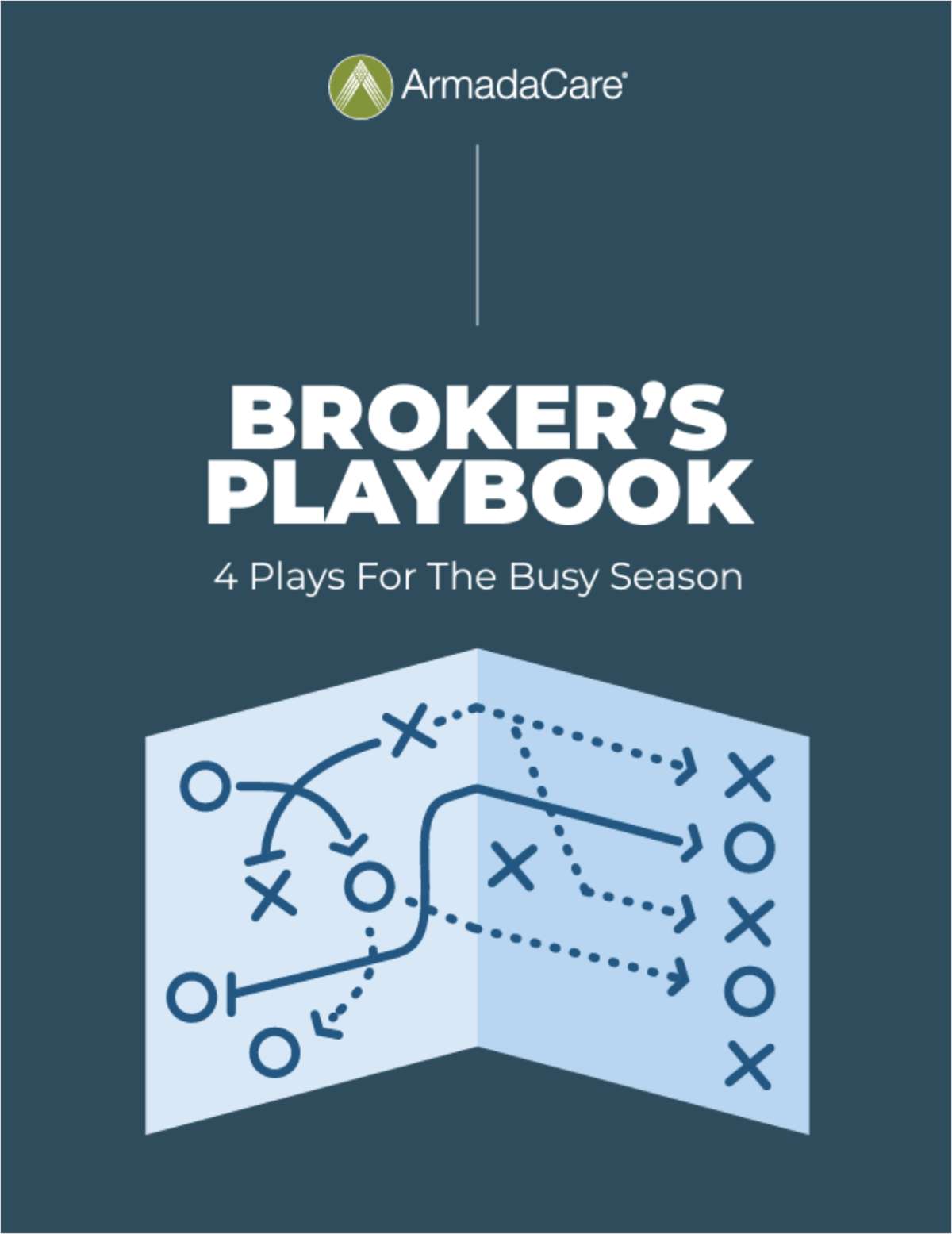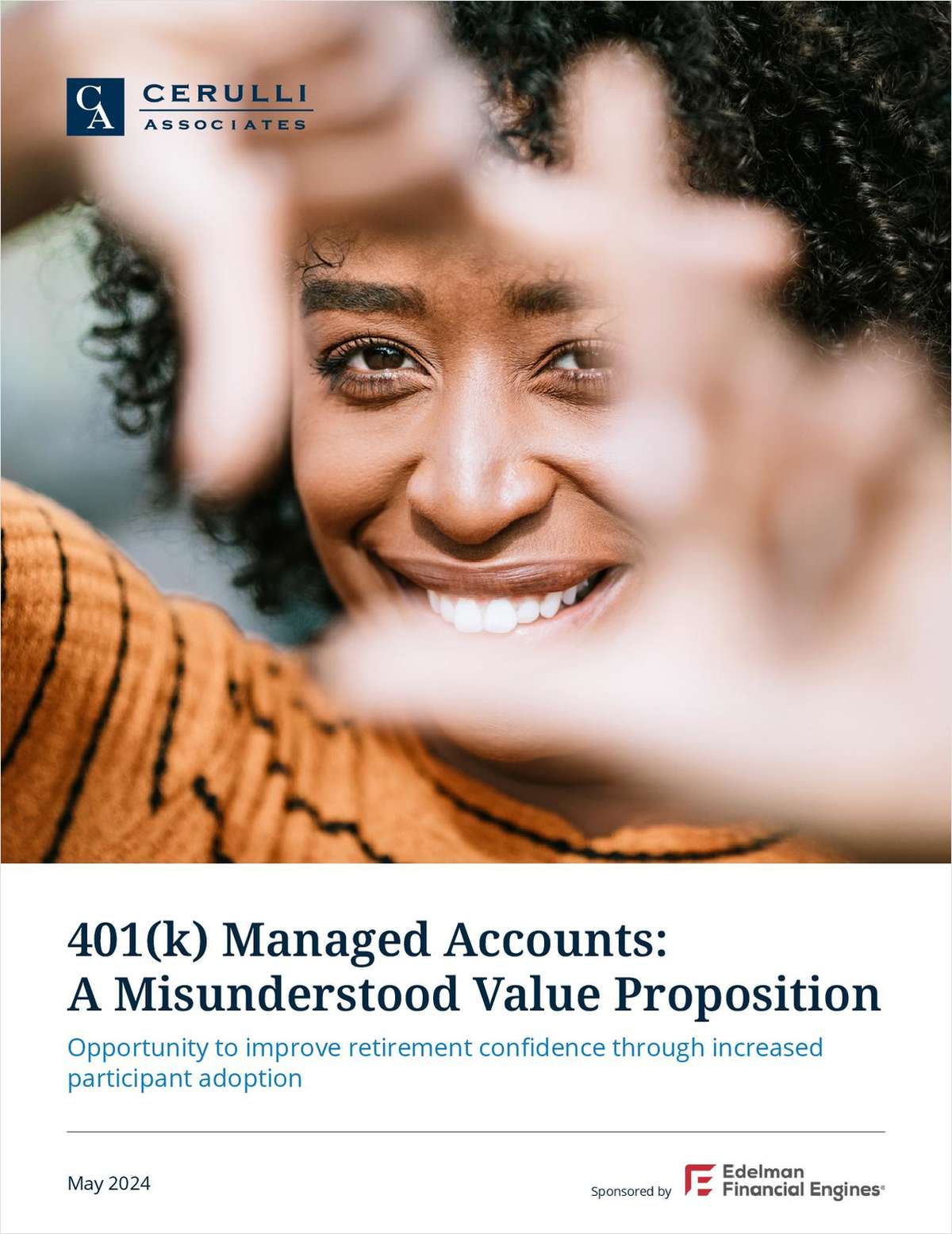 As the coronavirus spreads, people in Shanghai and elsewhere don masks while some markets and investors worry. (Photo: Bloomberg)
As the coronavirus spreads, people in Shanghai and elsewhere don masks while some markets and investors worry. (Photo: Bloomberg)
The Dow Jones Industrial Average's 454-point nosedive on Monday, driven by increased confirmations of coronavirus cases in China, spooked retirement savers.
Trading in 401(k)s was more than four-times the average, according to the Alight Solutions 401(k) Index.
While considerable, the trading accounted for only 0.07 percent of the 401(k) assets tracked by the Index. Money that was traded was overwhelmingly moved from equities to fixed income in a flight to safety, said Rob Austin, head of research at Alight Solutions.
Conversely, in 2019 401(k) savers demonstrated discipline. As equity markets surged—the S&P 500 Index returned 31.5 percent—there was not an erratic surge to equities in an effort to chase returns.
Last year's net trading activity was the highest Alight has tracked since 2013, but it was mostly money moving from equities to fixed income, indicating savers were rebalancing portfolios as they accrued gains.
"There wasn't a lot of knee-jerk reaction," said Austin. "Much of the trading volume was small trades to fixed income. It was a less reactionary approach than in past years, and suggests people were rebalancing their portfolios."
Monday's reaction to the coronavirus, compared to last year's reaction to strong returns, suggests savers in 401(k)s are more prone to erratic trading in down markets.
"It reminds me of the old Mike Tyson quote—'everyone has a plan until they get punched in the mouth," said Austin.
The Index tracks participant-initiated trades, and does not include the institutional trading done within target-date funds.
TDFs, which are designed to insulate savers from their own bad behavior, are not a panacea for those prone to jittery reactions. Participants did move money out of TDFs last year, but that volume was neutralized by other money moving into TDFs.
Alight's Index tracks the activity in more than two million 401(k) accounts holding about $200 billion in large and mega-sized plans that are administered by the recordkeeping firm.
Nearly $2.4 billion flowed into bond funds last year, accounting for 55 percent of inflows to all asset classes.
Even as equity markets surged in 2019, U.S. large cap equity funds experienced the greatest outflows. More than $2.1 billion moved out of the asset class, accounting for 49 percent of outflows. More than $1.45 billion flowed out of company stock.
Target date funds had the largest inflows, at more than $7 billion, accounting for 47 percent of all contributions.
Last year saw 25 days of above-normal trading in 401(k)s, compared to 46 in 2018. For 2019, 86 percent of trading days saw net flows from equity to fixed income.
READ MORE:
© 2024 ALM Global, LLC, All Rights Reserved. Request academic re-use from www.copyright.com. All other uses, submit a request to [email protected]. For more information visit Asset & Logo Licensing.








